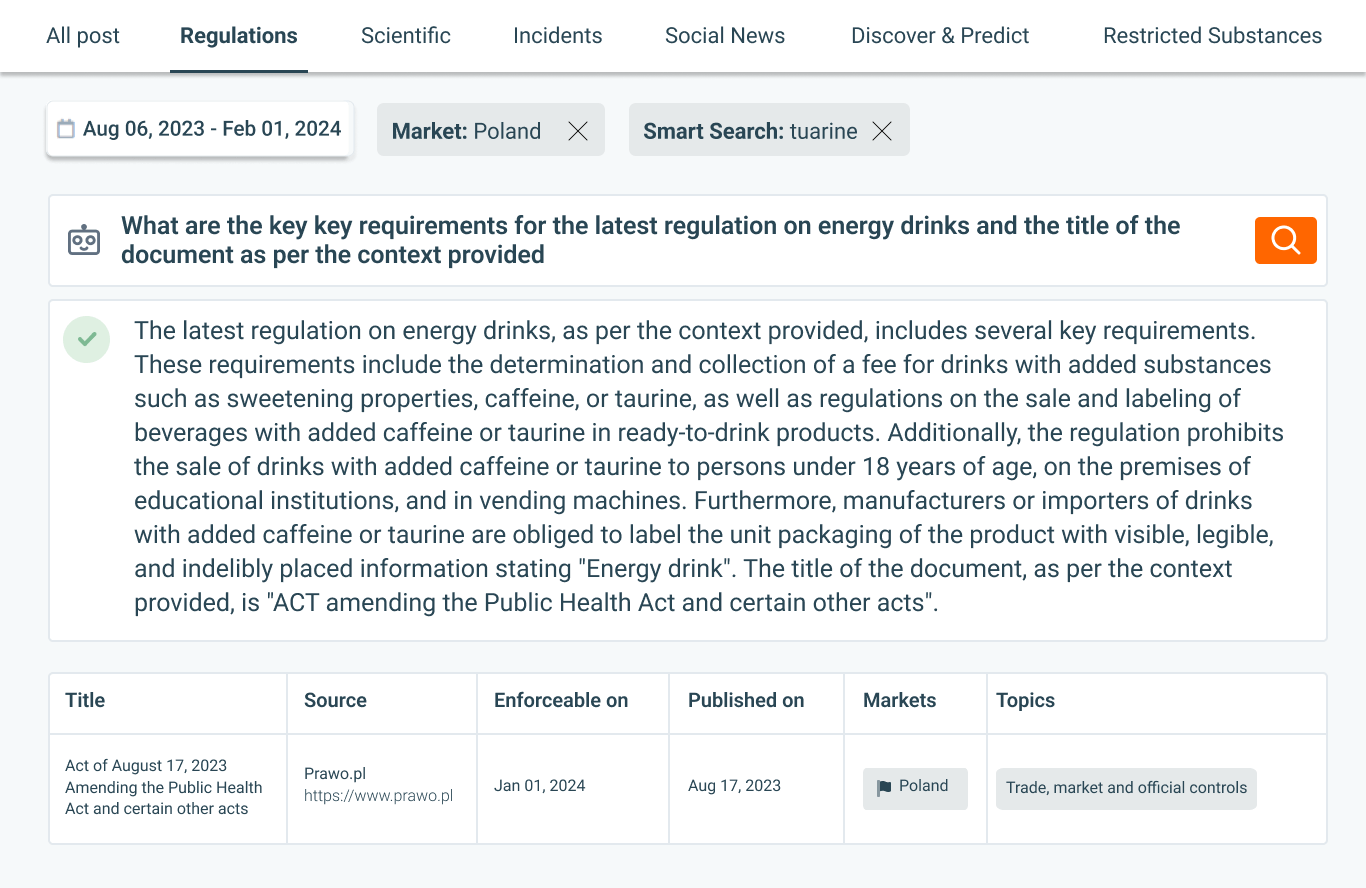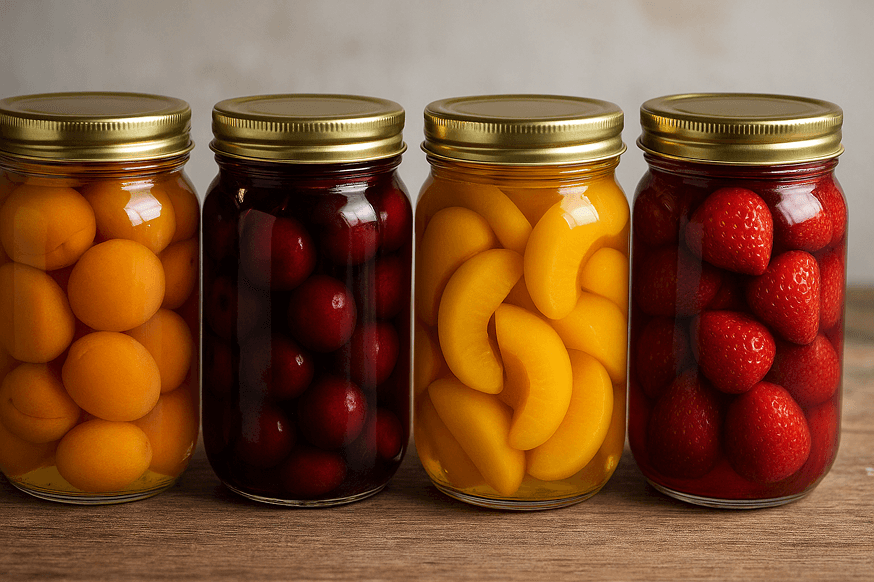The European Union has taken a decisive step to protect consumer health by adopting a sweeping ban on bisphenol A (BPA) and other hazardous bisphenols in food packaging materials. Commission Regulation (EU) 2024/3190, published in December 2024, will prohibit the use of BPA in most food contact materials starting July 20, 2026.
This notification was timely identified and is available to users through the SGS Digicomply Regulatory Agenda. It offers a comprehensive list of regulatory deadlines, including historical and upcoming dates, with detailed insights and analysis. Explore the demo to try this tool in action.
What's Driving the Ban?
The new regulation stems from groundbreaking research by the European Food Safety Authority (EFSA) that dramatically revised BPA's safety profile. In 2023, EFSA established a new tolerable daily intake (TDI) of just 0.2 nanograms per kilogram of body weight - a staggering 20,000 times lower than the previous safety threshold set in 2015.
This massive reduction reflects new understanding of BPA's effects on the immune system, which EFSA identified as the most sensitive to BPA exposure. The research also revealed concerning impacts on metabolic, reproductive, and developmental systems at similar exposure levels.
Most alarming for regulators: current dietary exposure to BPA exceeds the new safety threshold by two to three orders of magnitude across all age groups, creating what EFSA termed "a health concern from dietary BPA exposure for all population groups."
Scope of the Ban
The regulation covers seven categories of food contact materials:
- Adhesives
- Rubbers
- Ion-exchange resins
- Plastics
- Printing inks
- Silicones
- Varnishes and coatings
BPA is commonly used in epoxy resins that line metal food cans, polycarbonate plastics, and various other food packaging components. The substance can migrate from these materials into food, creating ongoing consumer exposure.
Limited Exceptions with Strict Controls
Recognizing that some food safety applications currently have no viable alternatives, the regulation permits two narrow exceptions:
Polysulfone filtration membranes: Used in critical food safety processes like dairy production to filter out pathogens and contaminants. These membranes must be thoroughly cleaned before first use, and any BPA migration into food must be undetectable.
Large industrial containers: BPA-based coatings may continue in tanks and vessels over 1,000 liters capacity, where the low surface-area-to-volume ratio minimizes migration risk. Again, thorough cleaning is required and migration must be undetectable.
Broader Bisphenol Restrictions
The regulation goes beyond BPA to address the entire bisphenol family. Any bisphenol classified as carcinogenic, mutagenic, toxic to reproduction, or endocrine-disrupting under EU hazard classification will be prohibited unless specifically authorized through a rigorous safety assessment.
This approach prevents manufacturers from simply substituting BPA with similarly problematic chemicals - a practice sometimes called "regrettable substitution."
Industry Transition Timeline
Understanding the complexity of reformulating food packaging, the EU has established phased transition periods:
Standard timeline (18 months): Most single-use packaging must comply by July 20, 2026.
Extended timeline (36 months): Additional time until January 20, 2028 for:
- Acidic foods (canned fruits, vegetables, fish products)
- External coatings on metal packaging
- Professional food production equipment
Use-up provisions: Existing compliant packaging may be filled and sealed for 12 months after transition deadlines, with resulting packaged foods sold until stock depletion.
Looking Forward
The regulation requires large companies using the permitted BPA exceptions to report every four years on progress developing alternatives, ensuring these derogations remain temporary.
The EU's comprehensive approach - combining immediate health protection with practical transition timelines - sets a global precedent for addressing chemical safety in food packaging. As manufacturers race to develop BPA-free alternatives, consumers can expect safer food packaging across Europe within the next few years.
This landmark regulation represents one of the most significant food safety policy changes in recent EU history, potentially influencing packaging standards worldwide as global manufacturers adapt their formulations for the European market.
Explore SGS Digicomply’s Regulatory Intelligence Hub
SGS Digicomply’s Regulatory Intelligence Hub offers a powerful solution for managing regulatory complexities across 150+ jurisdictions. With AI-driven research tools, easy-to-read regulatory guides, change monitoring, and an interactive agenda, the platform empowers teams to make informed, timely decisions. Whether you’re tracking new rules or comparing global standards, SGS Digicomply is your essential partner for proactive compliance. See how it works in our demo.







.webp?width=1644&height=1254&name=Food%20Safety%20Dashboard%201%20(1).webp)
